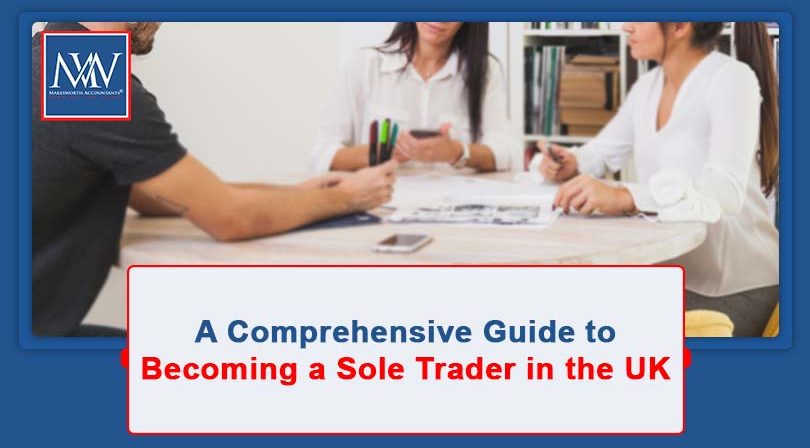
A Comprehensive Guide to Becoming a Sole Trader in the UK
Choosing the Right Business Structure
Starting a business involves many decisions, one of which is determining the legal structure. Should you operate as a sole trader, form a partnership, or establish a limited company? Your choice will impact your tax obligations, legal responsibilities, and overall business operations.
For those who prefer a straightforward approach, becoming a sole trader is often the simplest and most flexible way to start a business. As a sole trader, you run the business independently, keeping all profits after taxes while bearing full responsibility for any debts.
Registering as a Sole Trader
If your trading income exceeds £1,000 in a tax year, you must register with HMRC for Self Assessment. This threshold applies to your total earnings across all unincorporated businesses you operate.
- If you are already registered for Self Assessment (for example, due to investment income or rental earnings), you do not need to register again. Instead, you simply include your business income on your tax return.
- If you are registering for the first time, you must do so by 5 October following the end of the tax year in which you started your business. For instance, if you begin trading in the 2024/25 tax year and exceed the income threshold, you need to register by 5 October 2025.
- Registration can be completed online through the Gov.uk website.
- If you were previously registered but did not submit a tax return for the last tax year, you will need to re-register to reactivate your account.
Understanding Tax and National Insurance Contributions
As a sole trader, your profits are subject to income tax and National Insurance contributions (NICs):
Income Tax Rates for 2024/25 & 2025/26:
- Up to £12,570 – Tax-free (Personal Allowance)
- £12,571 to £50,270 – 20% tax rate
- £50,271 to £125,140 – 40% tax rate
- Above £125,140 – 45% tax rate
If your adjusted net income exceeds £100,000, your allowance decreases by £1 for every £2 earned above this threshold, disappearing completely at £125,140.
National Insurance Contributions (NICs):
Sole traders must pay Class 4 NICs on their profits:
- 6% on profits between £12,570 and £50,270
- 2% on profits above £50,270
If your profits exceed the small profits threshold (£6,725 for 2024/25, rising to £6,845 for 2025/26), you qualify for National Insurance credits that count towards your State Pension. Sole traders with lower profits can choose to pay voluntary Class 2 NICs (£3.45 per week in 2024/25, increasing to £3.50 in 2025/26) to secure their pension benefits.
Payment Deadlines:
Your tax and Class 4 NICs must be paid by 31 January following the end of the tax year. If your tax bill exceeds £1,000, you will also need to make advance payments on account for the following year.
VAT Registration
If your business has a VATable turnover exceeding £90,000 over the past 12 months, or you expect it to surpass this threshold in the next 30 days, you must register for VAT. This means you will need to charge VAT on sales and submit regular VAT returns.
Keeping Accurate Business Records
Maintaining proper records is essential for calculating your tax obligations and keeping your business finances organized:
- Keep detailed records of income and expenses.
- Use separate bank accounts for personal and business transactions.
- Store receipts, invoices, and other financial documents for at least six years.
By staying on top of these obligations, you can ensure smooth tax compliance and financial management as a sole trader.
For more details on setting up as a sole trader, visit www.gov.uk/set-up-as-sole-trader.
For more information, Book a Free Consultation
Need Accountancy Support?
For information on bespoke training, or if you have any other questions for Makesworth Accountant, please fill in your details below






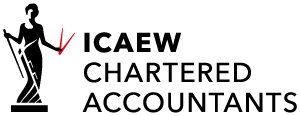
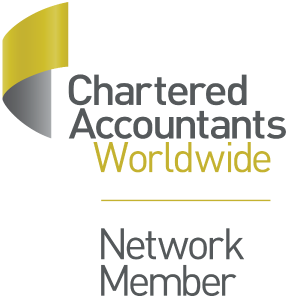
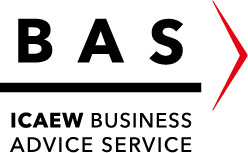

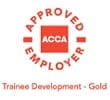
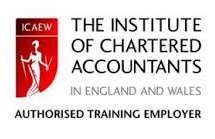

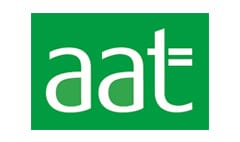
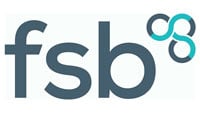

 151
151